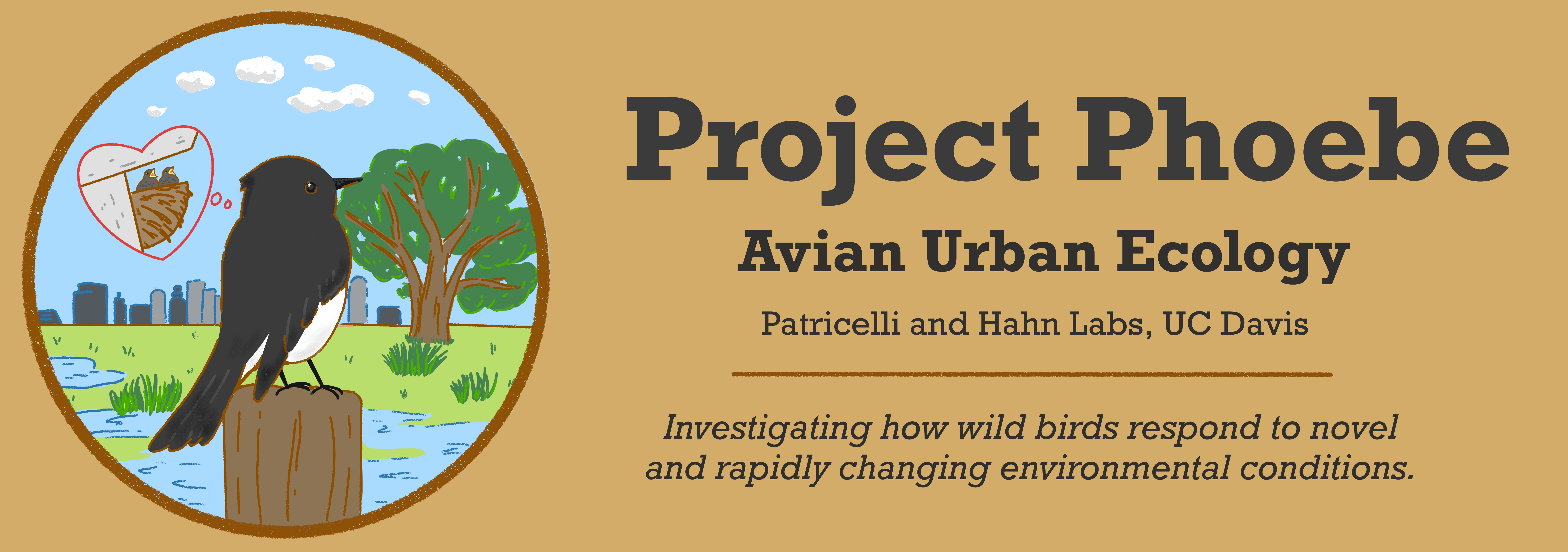Urban Field Guide: Polyphemus Moth (Antheraea polyphemus)

This beautiful, wide-winged moth is found all over North America, ranging in forests, meadows, farms, and cities. Like their close cousins, butterflies, moths go through metamorphosis before becoming an adult, transforming from a green caterpillar into a brown pupa into their winged, spotted adult form. While the caterpillars consume huge quantities of leaves as they grow, develop, and get ready for metamorphosis, the adults lack a functional mouth and cannot eat. During the Polyphemus moth’s short (1-2 week) adult life, it must find a mate quickly and avoid predation so it can complete its life cycle. This animal is specially adapted to do just that.
Notable Features:
- Eye See You: Adult polyphemus moths have massive eye-looking patterns on their wings, which are called eyespots. Many researchers believe that these eyespots naturally mimic the eyes of a predator– such as an owl– to species that would try to hunt it. By flashing their wings and displaying their eyespots, this moth may be able to distract its pursuer long enough to safely escape.
- Fluffy Antennae: Polyphemus moths need to get hitched quickly. To do this more easily, males use a pair of pushy, feather duster-like antennae which are specialized to pick up pheromones given off by females. Moths use their antennae like a radar detection device, following the strength of chemical trails in the air until they can locate a potential suitor.
- Leaf-Eating Machines: Polyphemus moth caterpillars, like many caterpillars, spend the vast majority of their time chowing down on leaves. They are so voracious that they can eat nearly 100,000 times their body weight over the course of their lives!
Like other moths, artificial lighting at night can be harmful to the polyphemus moth as it navigates its surroundings. Non-artificial sources of light primarily come from celestial bodies like the moon and stars. Moths normally use light from the night sky like a compass, orienting themselves relative to the direction of the sky. When they run into street lamps, buildings, or other human-made light sources, this can confuse the moth, causing them to fly in circles as they orient themselves relative to the light source. By reducing the amount of light we emit at night, humans can help make cities safer for these moths, along with many other species of animals.
I, too, am drawn to the moon and stars. Onward, dear moth! Keep flying for us both. -A.J.
References
- Vogt, R., Riddiford, L. Pheromone binding and inactivation by moth antennae. Nature 293, 161–163 (1981). https://doi.org/10.1038/293161a0
- van Langevelde F, van Grunsven RH, Veenendaal EM, Fijen TP. Artificial night lighting inhibits feeding in moths. Biol Lett. 2017 Mar;13(3):20160874. doi: 10.1098/rsbl.2016.0874. PMID: 28250209; PMCID: PMC5377031.

